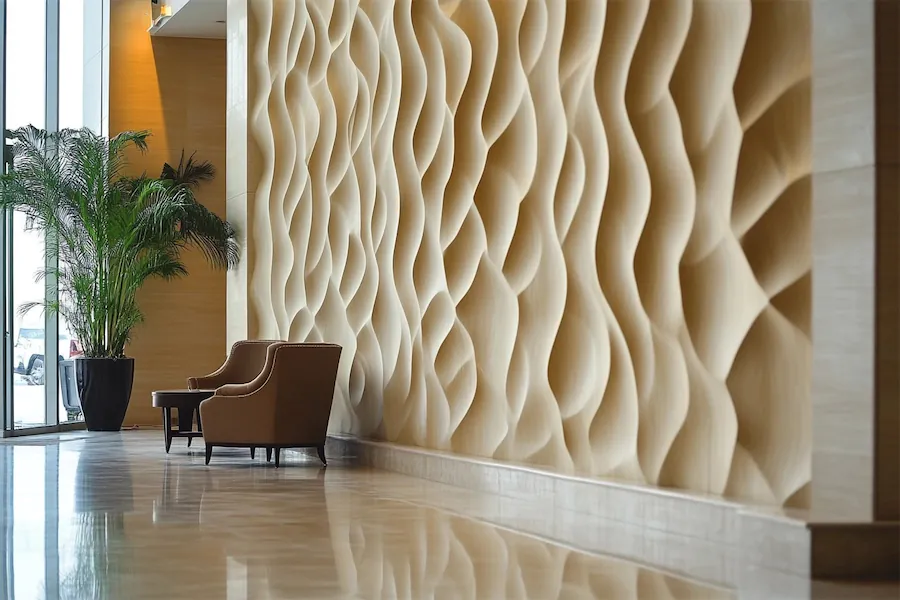Decorative panel walls are an effective way to enhance the aesthetic appeal of interior spaces, offering both visual interest and functional benefits. These panels come in various materials, designs, and textures, allowing for customization to suit different styles and preferences.
Introduction to Decorative Panel Walls
Decorative wall panels are prefabricated pieces installed on walls to introduce texture, color, and design elements. They can serve as focal points in rooms, add depth to flat surfaces, and even provide additional insulation or soundproofing. Materials commonly used include wood, MDF, PVC, and composite materials, each offering unique characteristics and finishes.
History and Origins of Decorative Panel Walls
The use of wall paneling dates back to antiquity, where it was developed to make stone buildings more comfortable by insulating rooms and reflecting heat. Over time, paneling evolved to serve decorative purposes, with intricate designs becoming popular in 17th and 18th-century interior design, particularly in Victorian architecture. Today, decorative panels continue to be used to add character and style to modern interiors.
Key Features of Decorative Panel Walls
- Aesthetic Versatility: Available in a wide range of designs, from classic wainscoting to modern 3D textures, decorative panels can complement various interior styles.
- Ease of Installation: Many decorative panels are designed for straightforward installation, with options like peel-and-stick applications simplifying the process for DIY enthusiasts.
- Durability: High-quality materials ensure that decorative panels are long-lasting and can withstand daily wear and tear, maintaining their appearance over time.
- Functional Benefits: Beyond aesthetics, certain panels offer additional advantages such as sound dampening, insulation, and protection for underlying wall surfaces.
Applications of Decorative Panel Walls
- Accent Walls: Installing decorative panels on a single wall can create a striking focal point in living rooms, bedrooms, or dining areas, adding depth and interest to the space.
- Commercial Spaces: Businesses utilize decorative panels to enhance the ambiance of offices, restaurants, and retail stores, contributing to brand identity and customer experience.
- Ceiling Treatments: Decorative panels are also applied to ceilings, introducing texture and design elements that elevate the overall room decor.
Considerations When Choosing Decorative Panel Walls
- Material Selection: Choose materials that align with the room’s function and desired aesthetic. For instance, moisture-resistant panels are ideal for bathrooms and kitchens.
- Maintenance Requirements: Consider the upkeep needed for different materials; some may require periodic cleaning or refinishing to maintain their look.
- Budget Constraints: Decorative panels are available at various price points. It’s essential to balance cost with quality to ensure longevity and satisfaction with the product.
Conclusion
Decorative panel walls offer a versatile solution for transforming interior spaces, combining beauty with functionality. By selecting appropriate materials and designs, homeowners and designers can create personalized environments that reflect individual tastes and enhance the overall ambiance of a room.
